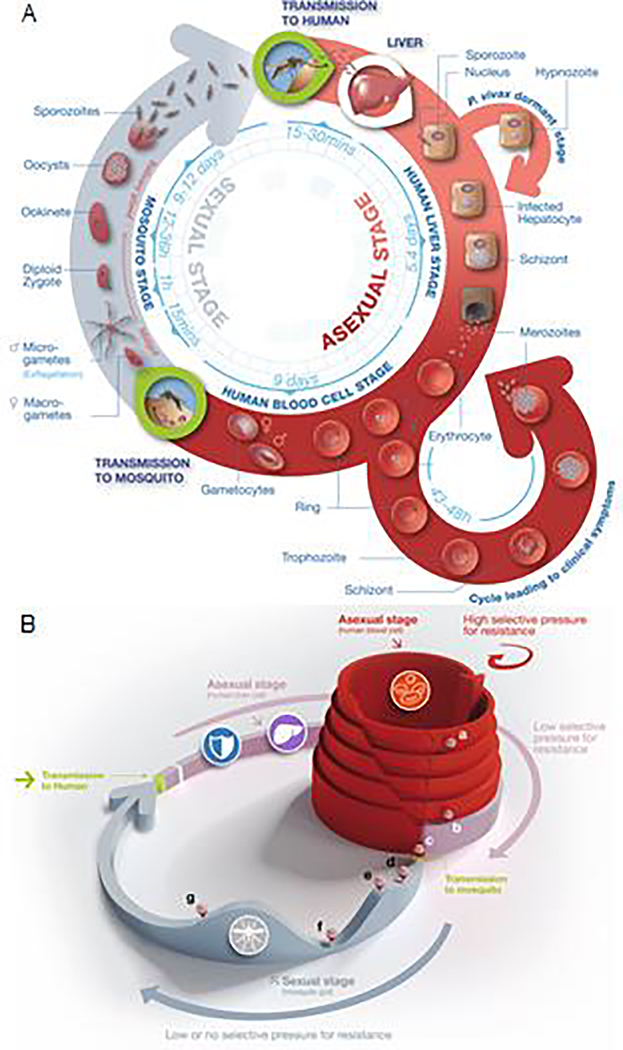Figure 1. Life cycle of malaria parasites.
(A) Approximatively 20 minutes after human infection by Plasmodium sporozoites (top right), these forms reach the liver, infect hepatocytes and develop into liver schizonts over a ~5–7 day period, before bursting and liberating thousands of merozoites into the blood. Merozoites infect erythrocytes and develop successively into rings, trophozoites and schizonts that liberate merozoites (bottom right). At each asexual blood stage cycle, ~1% of trophozoites commit to producing sexual stage male and female gametocytes. Gametocytes differentiate in five successive stages, the first four being sequestered and the final one being liberated into the bloodstream. This stage V gametocyte can then be ingested by a mosquito during a blood meal. Once in the mosquito midgut, male and female gametocytes transform into gametes before mating and forming a diploid zygote. This zygote transforms into a motile ookinete that escapes the midgut contents and forms an oocyst under the basal lamina, wherein meiosis occurs leading the production of haploid sporozoites. Rupture of the mature oocyst liberates thousands of sporozoites (top left) that migrate to the mosquito salivary glands, ready to be injected into a human host during the next mosquito blood meal. Modified from Delves et al. [73]. (B) The three-dimensional aspect of this figure highlights differences in the parasite population size throughout the stages of the life cycle. At the liver stage fewer than 100 sporozoites reach the liver and only a few will successfully produce liver schizonts inside hepatocytes (b). At this stage the pressure of selection for mutated parasites leading to drug resistance is very low. Once the erythrocytic stage reaches its maximum after several proliferative cycles (a), the population of these asexual blood stage parasites can reach 1012 in a patient. At this stage, the patient can develop severe malaria. This high number of parasites creates a high selective pressure for the emergence of resistance. Following differentiation into the non-proliferating gametocytes (c), the subsequent less abundant forms, i.e. micro- and macro-gametes (d), ookinetes (e), oocysts (f) and sporozoites (g), do not enable a high risk for the emergence of resistance. Modified from Leroy et al. [43].

